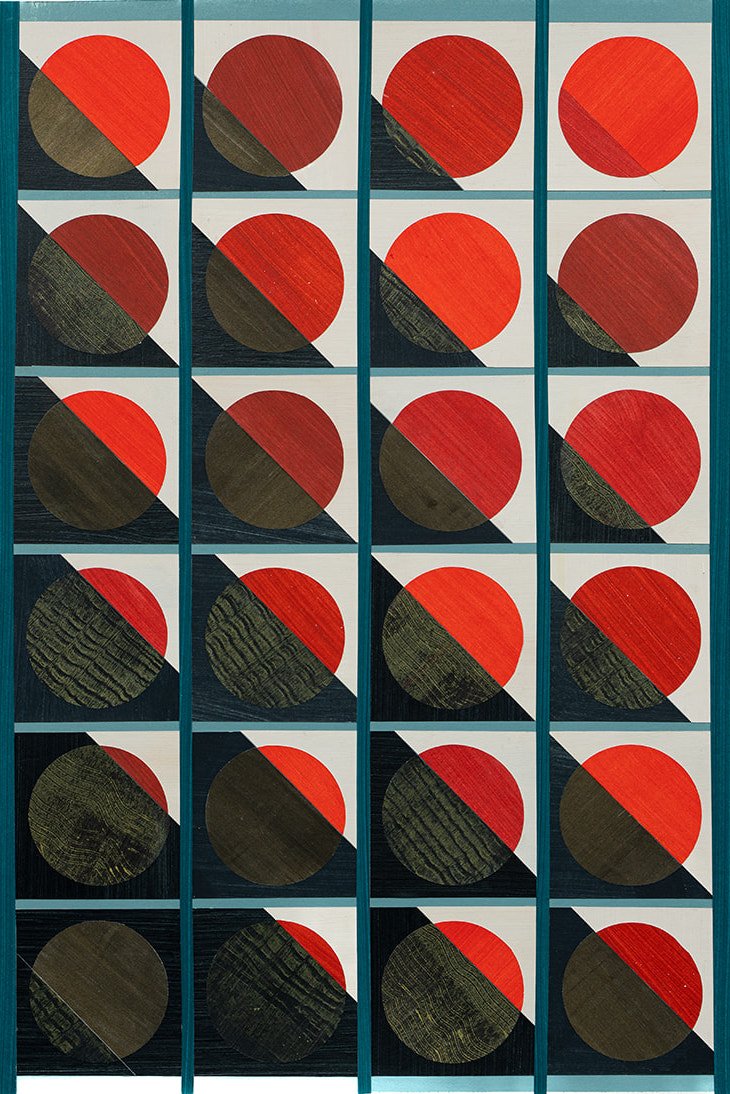









Your Custom Text Here
Textiles & Fine Art
Rebecca Angel studied fashion and textiles at the University of Brighton in the 1990s, and has been working in the fashion and textile industry ever since. In her art, Rebecca acknowledges the wasteful processes of the fashion industry and the fact that she, as a textile designer, is complicit. For this reason, Rebecca eschews virgin paper, trying instead to repurpose the materials and surfaces that are both source and byproduct of her own textile design work.
In recent years, Rebecca has begun to diversify her practice, engaging with new opportunities to develop her own multi-disciplinary approach to art. She is based in the Red Herring Cooperative in Portslade.
"When the pandemic slowed the industry and paused the constant turnover of designing, I took time to create art works for their own sake. I felt I was allowed an opportunity to experiment visually without commercial influence or customer direction so I used what I had available in the studio to build pieces using collaged colour: old portfolio mounts, leftover paint, backs of drawings.”
From a distance, her colour-based art suggests clarity and pureness of form; a closer look reveals subtle memories hidden in rough edges and layers of paint. Rebecca finds that collage offers her structural opportunities where the process is as important and significant as the end result, which can sometimes be re-translated yet again into a new and original textile.
Textiles & Fine Art
Rebecca Angel studied fashion and textiles at the University of Brighton in the 1990s, and has been working in the fashion and textile industry ever since. In her art, Rebecca acknowledges the wasteful processes of the fashion industry and the fact that she, as a textile designer, is complicit. For this reason, Rebecca eschews virgin paper, trying instead to repurpose the materials and surfaces that are both source and byproduct of her own textile design work.
In recent years, Rebecca has begun to diversify her practice, engaging with new opportunities to develop her own multi-disciplinary approach to art. She is based in the Red Herring Cooperative in Portslade.
"When the pandemic slowed the industry and paused the constant turnover of designing, I took time to create art works for their own sake. I felt I was allowed an opportunity to experiment visually without commercial influence or customer direction so I used what I had available in the studio to build pieces using collaged colour: old portfolio mounts, leftover paint, backs of drawings.”
From a distance, her colour-based art suggests clarity and pureness of form; a closer look reveals subtle memories hidden in rough edges and layers of paint. Rebecca finds that collage offers her structural opportunities where the process is as important and significant as the end result, which can sometimes be re-translated yet again into a new and original textile.